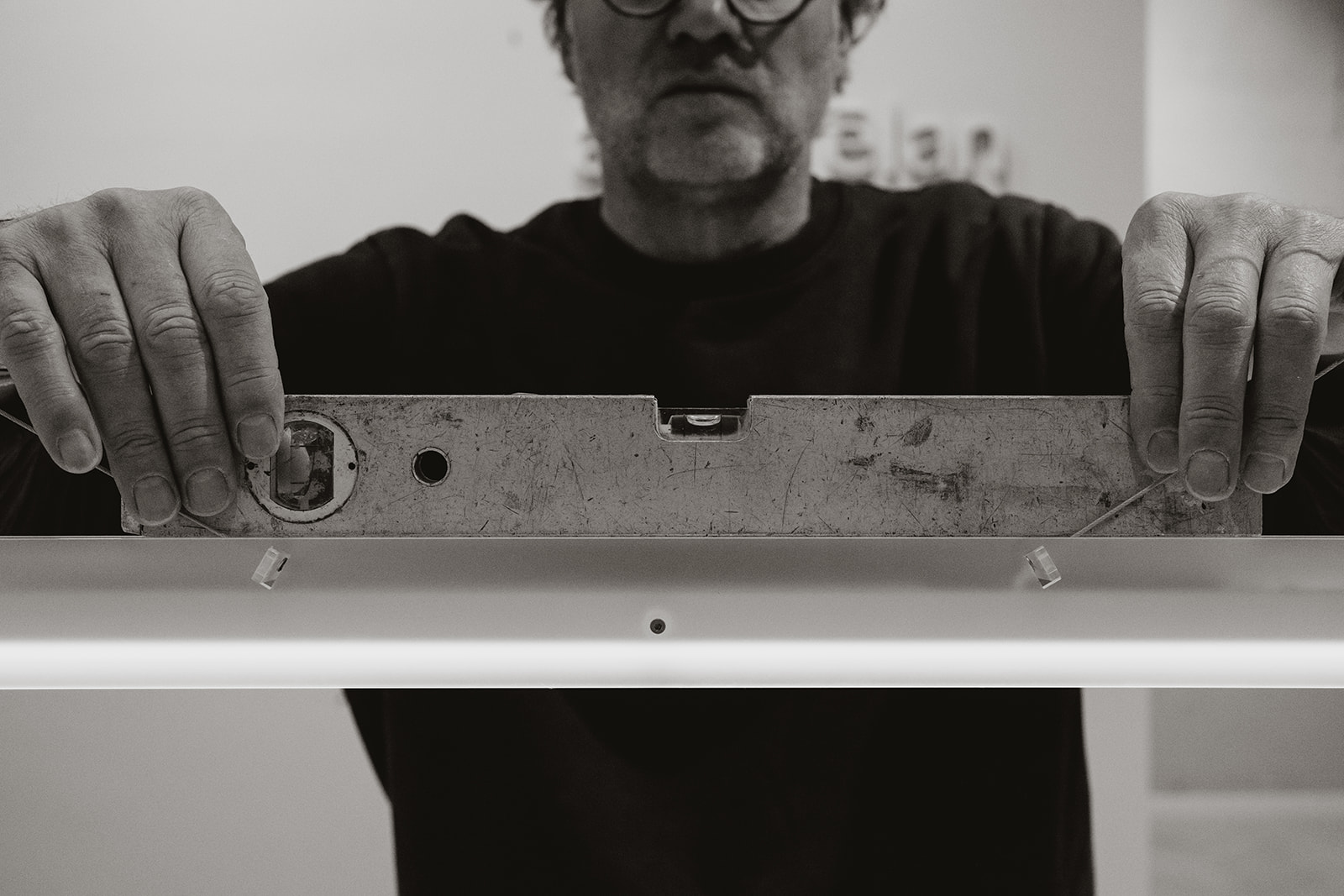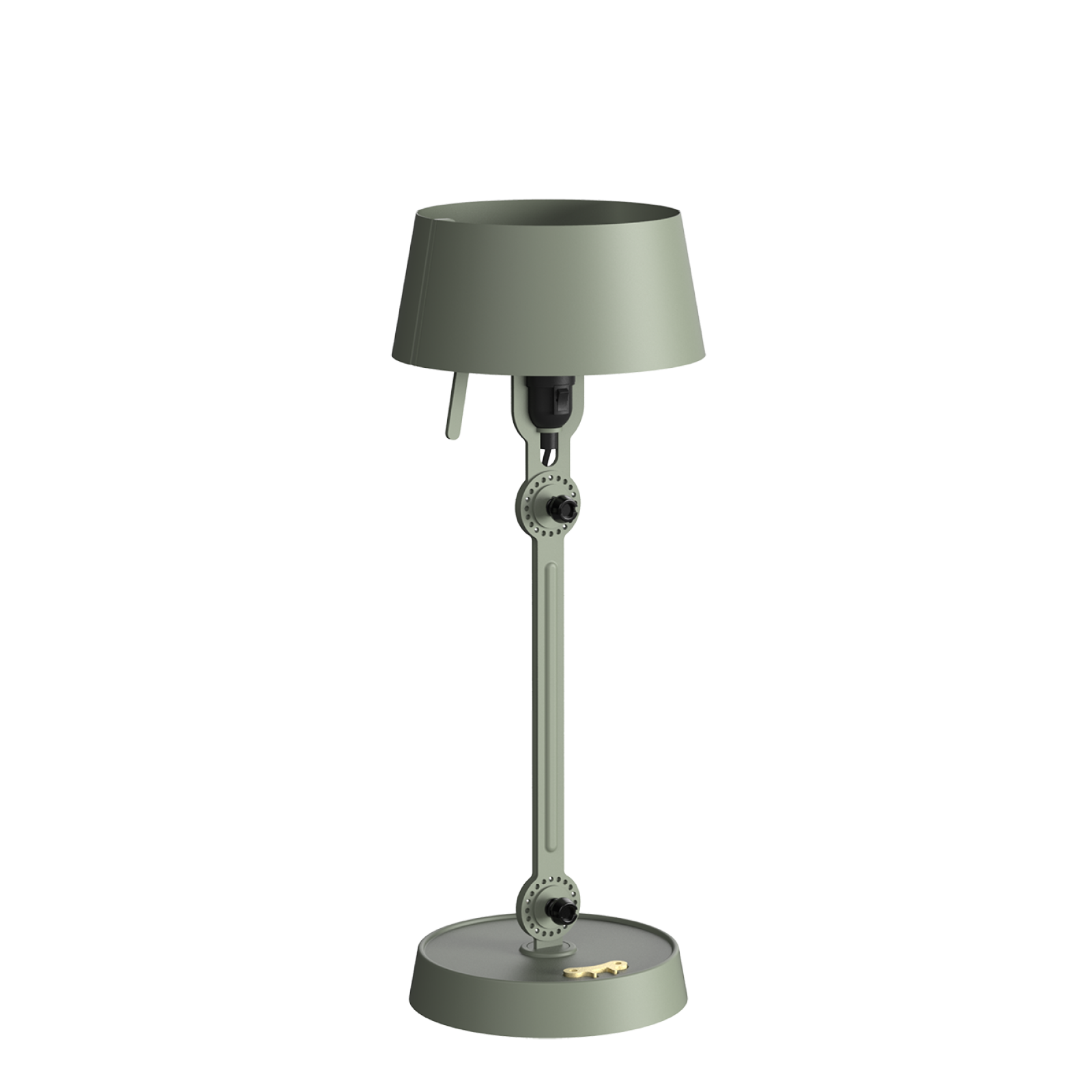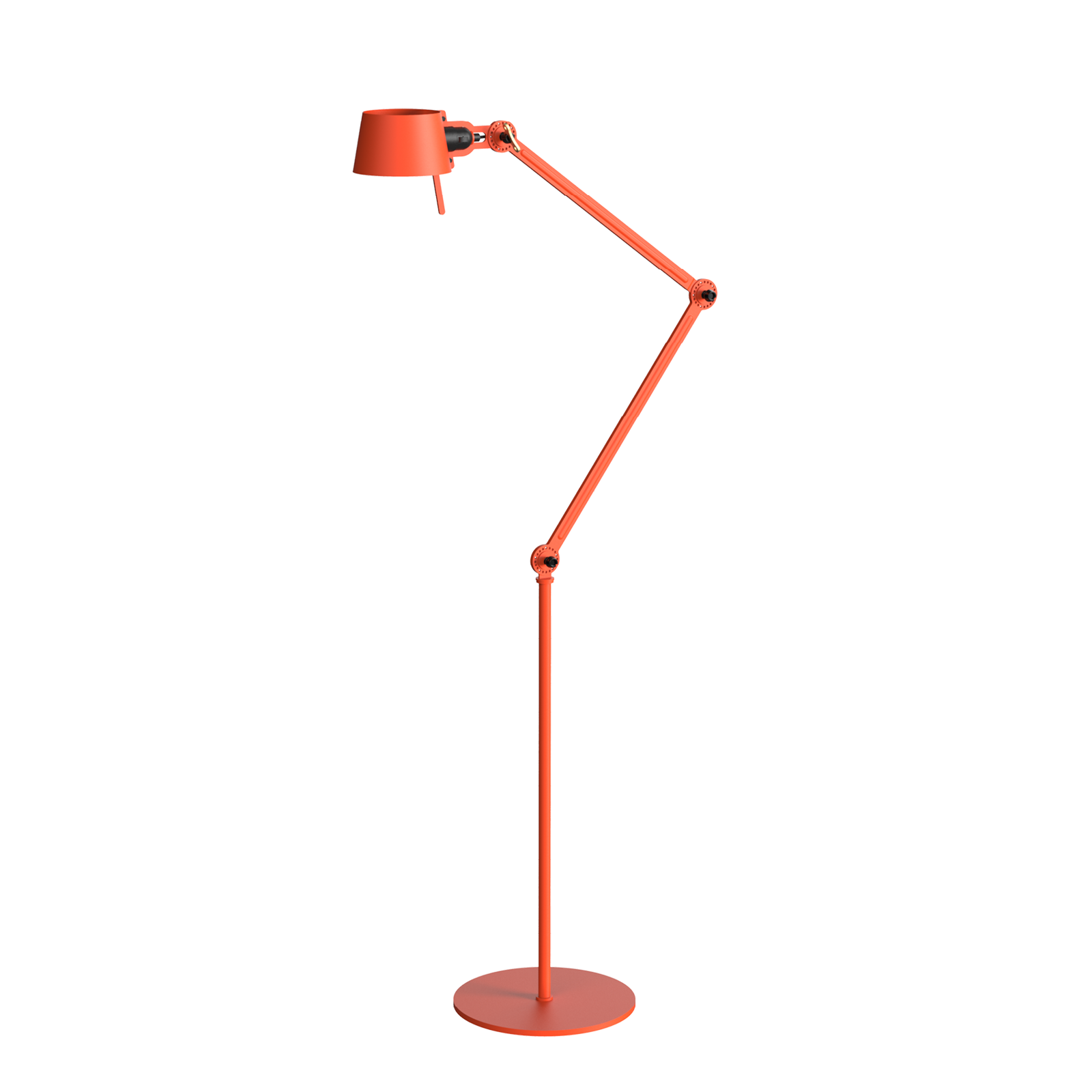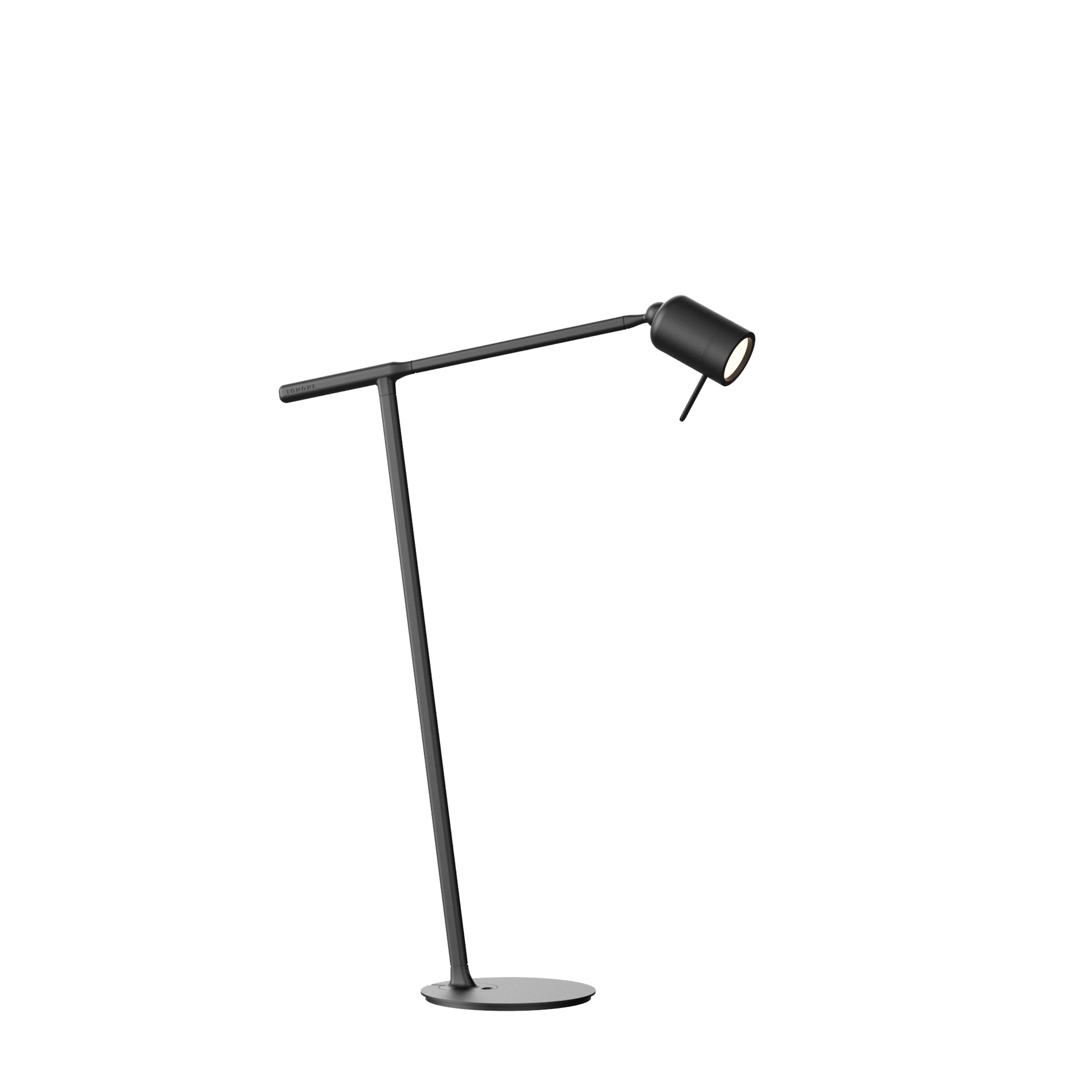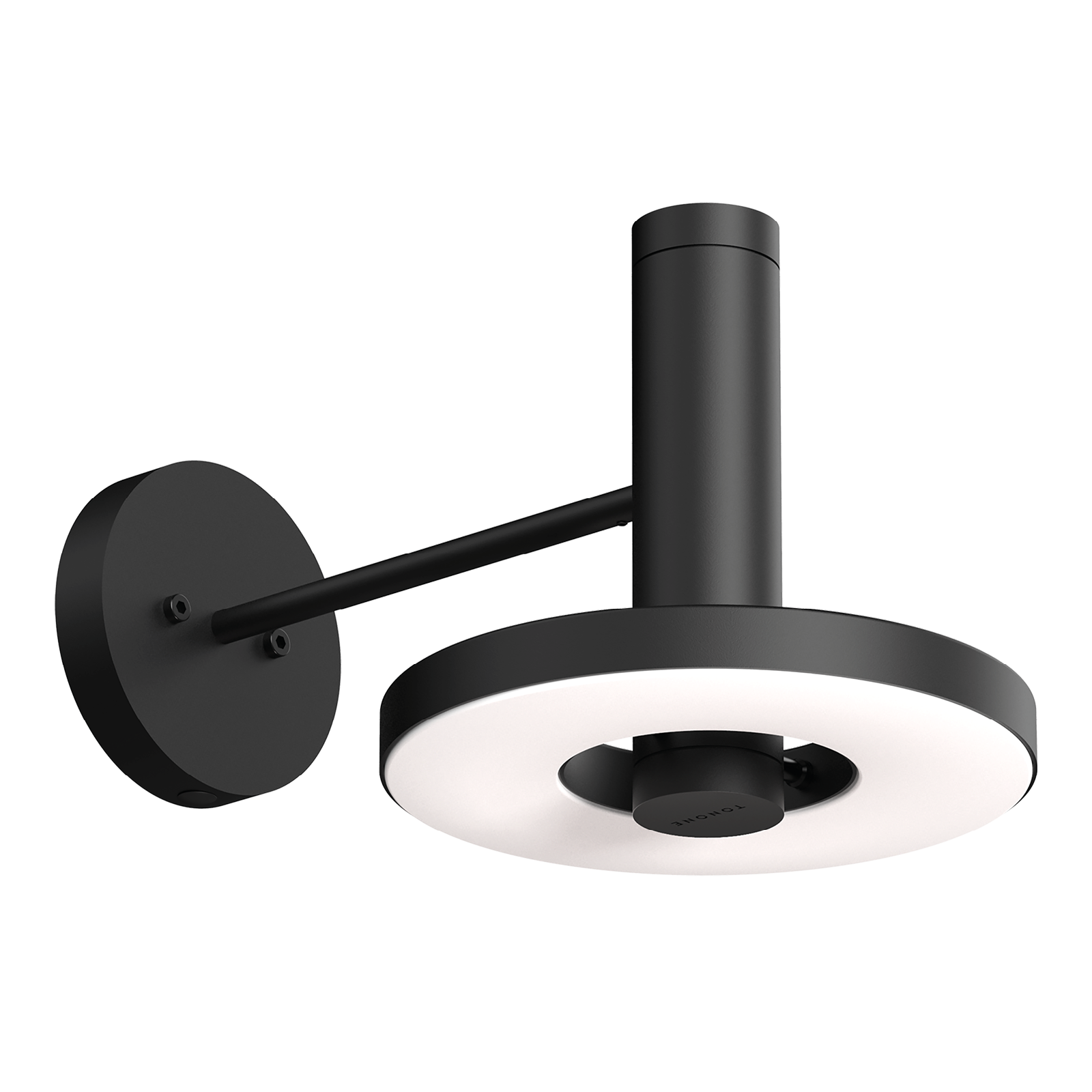
Creating a lighting plan for the attic in 6 steps
A well thought-out lighting plan for the attic will help you illuminate the space optimally. Go through the 6 steps to achieve a well-lit attic. Draw the floor plan and determine the locations of connection points and switches. Then choose lighting appropriate to the activities, such as working, hobbies or relaxing. This is how to create a practical and attractive attic, even with a sloping roof.
Step 1: Draw an attic plan
To create an attic floor plan, follow a few simple steps. Measure the attic space, including the length, width and height of the walls. Take into account the sloping roof, as this affects the usable space. Then draw the shape of the attic to scale and add the sloping roof areas.
On the floor plan, mark where windows, doors and other fixed elements such as chimneys are located. This will give you a good overview of light and ventilation. Next, determine where attic lighting is needed, especially in corners or under the sloping roof where little natural light comes in. Consider using spotlights or sconces for functional and atmospheric light.
Next, draw in furniture and storage space, keeping in mind the height of the roof. Low cabinets and multipurpose furniture work well in a room with sloping walls. Finally, match the lighting to the furnishings. This will ensure a well-lit and functional attic.
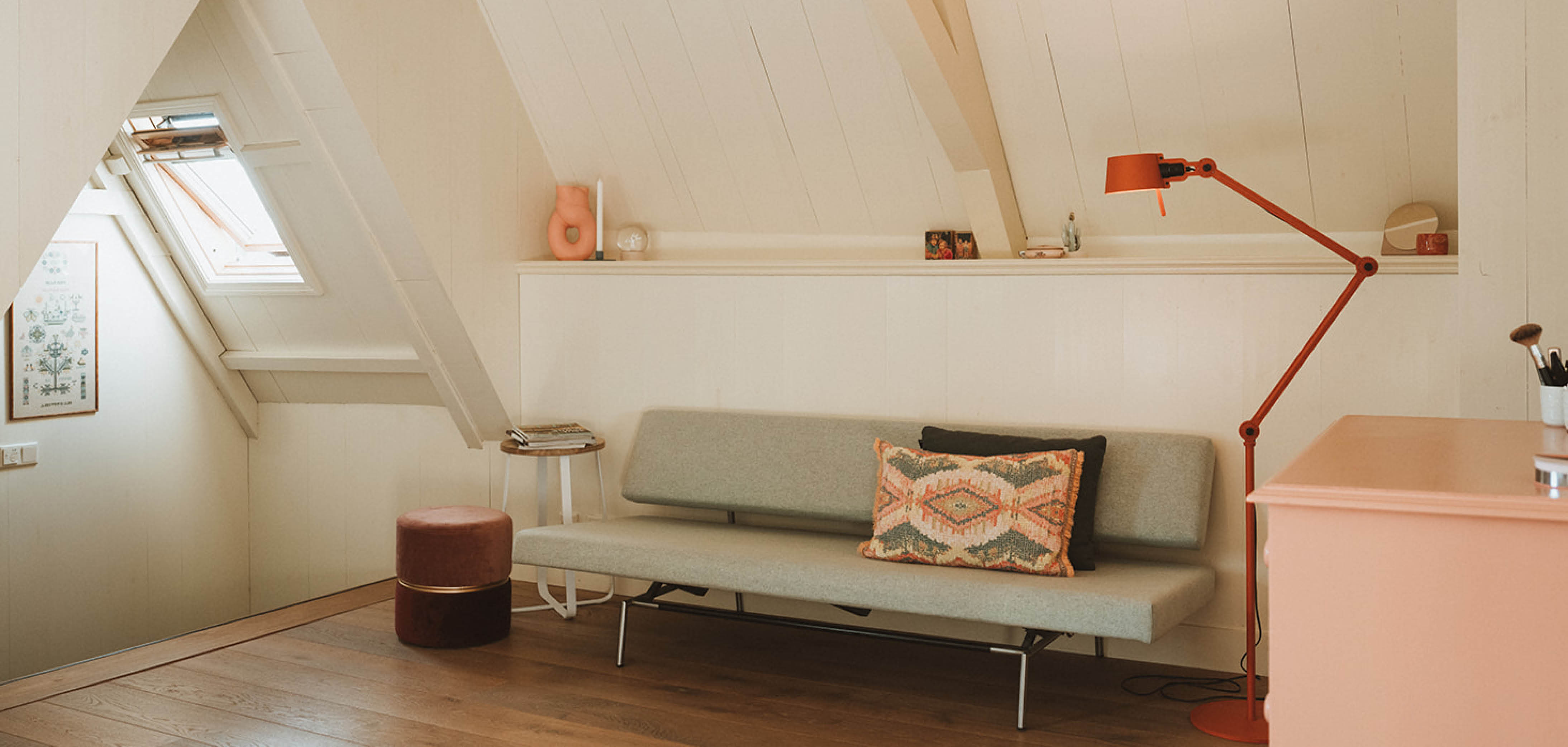
Step 2: Determine the right connection points and switches
- Plan connection points well:
It is important to place enough connection points in strategic places. Think of workstations, lighting and places where you often use appliances. This avoids using awkward extension cords and makes for a nice and practical space.
- Switches in convenient places:
Place each switch in a logical location, such as near the door or next to a workstation. This makes it easy to control lights without having to walk all over the attic.
- Mark the right locations:
By marking in advance where your furniture, lights and appliances will be, you can place the connection points and switches in exactly the right places. This will make the attic more efficient and comfortable to use.
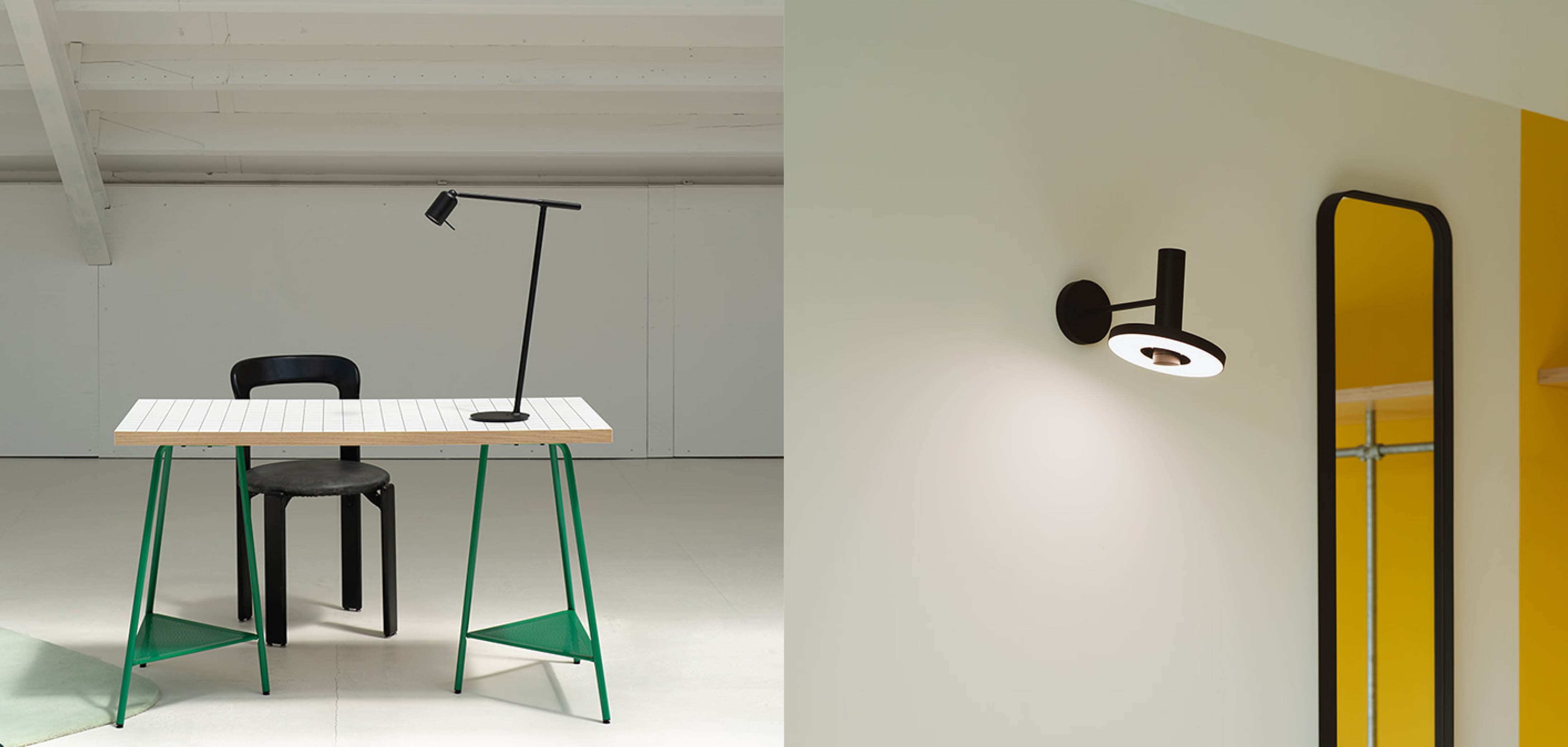
Step 3: Make an overview of the activities taking place in the attic
Different activities can take place in the attic, which will affect the layout and lighting. For example, consider using the attic as storage space for seasonal items or as a home office or study where good task lighting is needed. Another option is to set up the attic as a hobby room, where bright, focused lighting is important for precise work, such as painting or crafts. In addition, the attic can serve as a bedroom or guest room, where mood lighting and bedside lamps can create a relaxing atmosphere. For a gym, bright, functional lights are essential to properly illuminate the space. The type of activity in the attic will determine which type of lighting is most suitable.
Step 4: Determine basic attic lighting
Step 5: Decide on functional lighting for the attic
Functional lighting provides bright, focused light in areas where you work or perform specific tasks. Consider LED lighting, such as floor lamps by a desk or LED strips under cabinets for extra light in dark corners. Make sure the lighting is matched to activities, so that every important spot is well lit.
Step 6: Adding mood and accent lighting
Ambient lighting creates a warm, cosy atmosphere in the attic. Use dimmable LED lamps and sconces to add soft, subtle lighting. Place them near seating areas or along the sloping roof to accentuate certain corners and create a relaxing ambiance.
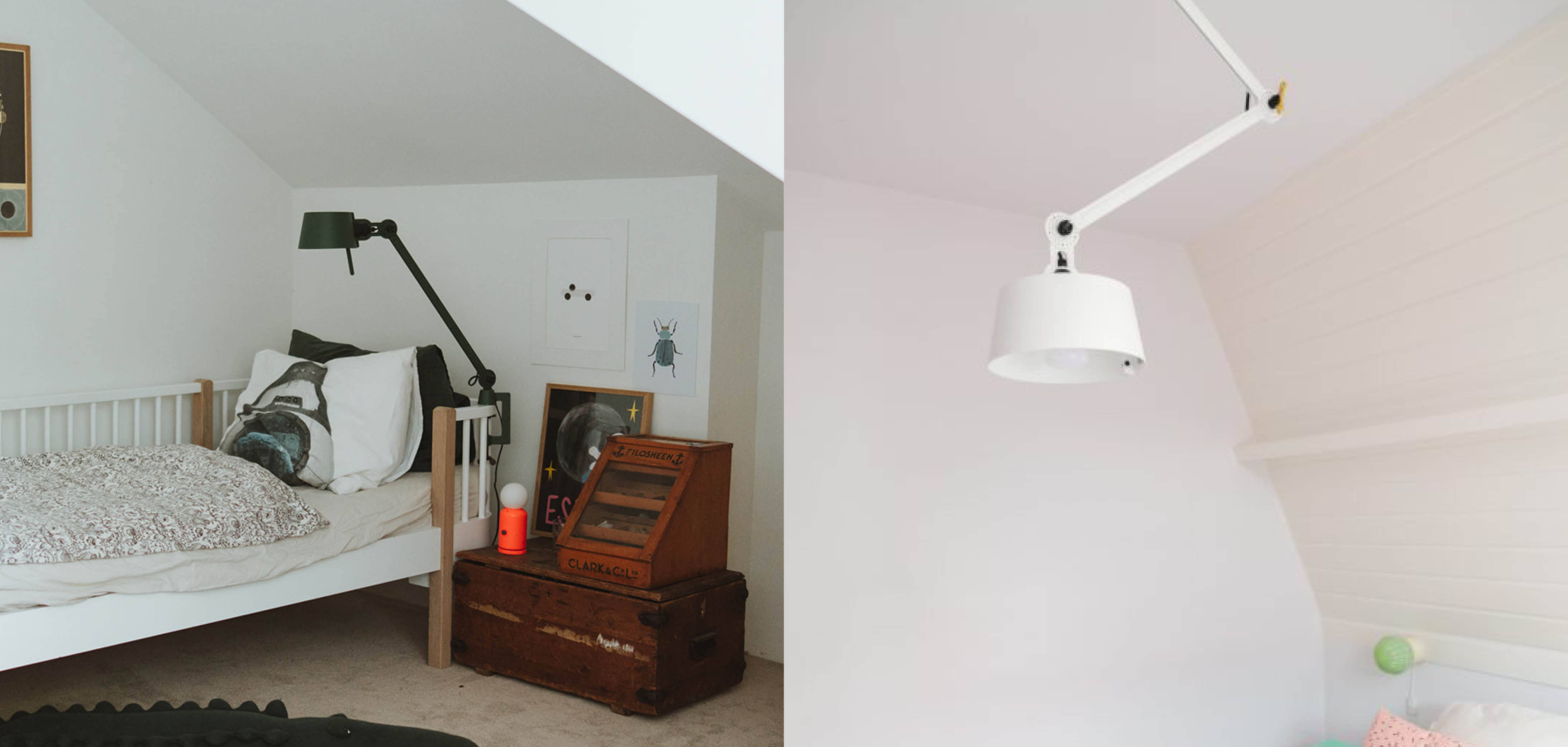
Why is a lighting plan important?
A good lighting plan is important because it provides the right lighting that makes the attic both functional and atmospheric. A well thought-out lighting plan ensures that every activity is optimally supported, avoids dark corners and ensures that you choose the right types of lighting for workstations, storage areas and relaxation areas.
What color of light is best for the attic?
The best colour light for the attic is neutral white light from 3000K to 4000K. This light temperature provides natural, bright lighting that works well in rooms with sloping roofs, where there is often less natural light coming in. Neutral white light creates a fresh look and makes attic space functional without being too bright or chilly. It is ideal for workstations, storage and hobby rooms, while still providing a pleasant atmosphere for relaxation.
The best selected lamps for your attic
Tonone has several lamps suitable as attic lighting. By combining several light sources, you can create a perfect balance between atmospheric and functional light in the attic.
Bolt
Whether your attic is a bedroom, study or hobby room, the Bolt collection always offers a lamp to suit your needs. Choose a Bolt bedside lamp for a cosy atmosphere and functional light in the bedroom, a desk lamp for focused light while working or a wall lamp for atmospheric accents. Or go for a floor lamp to illuminate every corner of the room.
Beads
The minimalist Beads collection is suitable as loft lighting for illuminating various spaces and activities. Think of a stylish floor lamp that directs light downwards, a wall lamp for functional light or a Beads table lamp as for mood lighting.
Bella
The Bella table and pendant lamp are ideal for attic lighting. Hang the Bella pendant lamp from the ceiling or sloping roof for basic lighting, perfect for evenly illuminating the whole room. Place the Bella table lamp on a cabinet or desk to add warm ambient lighting.
Mr. Tubes
The Mr Tubes LED lamps spread light evenly throughout the room, making them perfect for when you set up your attic as a study or hobby room. With these lamps, you provide bright, functional light, ideal for creative projects or productive work.
ONE
The ONE is a versatile lamp and can be used anywhere in the house, also perfect as attic lighting. Use the ONE + desk as a desk lamp in your study for focused light while working, attach it to a wall fixture in the bedroom or place the ONE in a hobby room in the attic to add extra light where you need it.
A lighting plan for another room in the house
Besides making a lighting plan for attics, there are also lighting plans for other rooms in the house. For the bedroom, choose warm, soft lighting for a relaxing atmosphere. In the living room, use a combination of basic, mood and accent lighting to illuminate different areas. The bathroom requires bright, functional lighting, especially around the mirror, and for the toilet, subtle basic lighting is enough to illuminate the room well.


